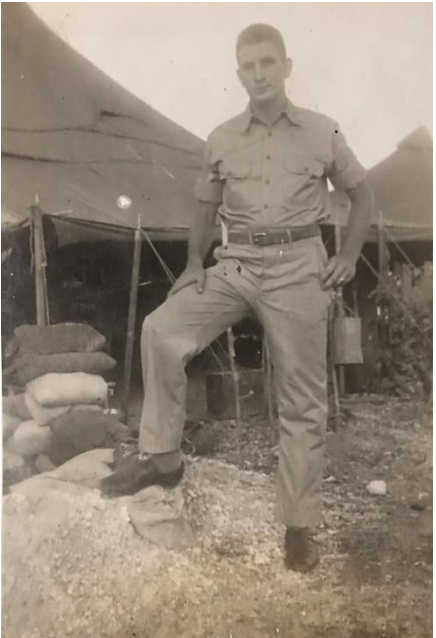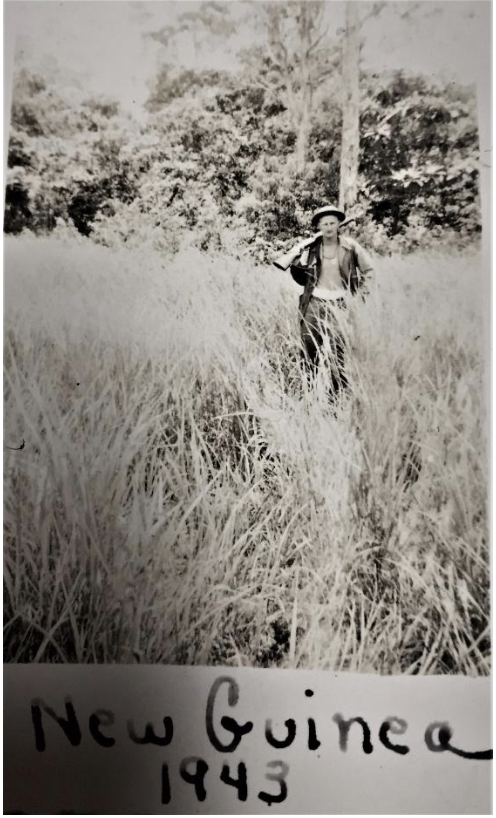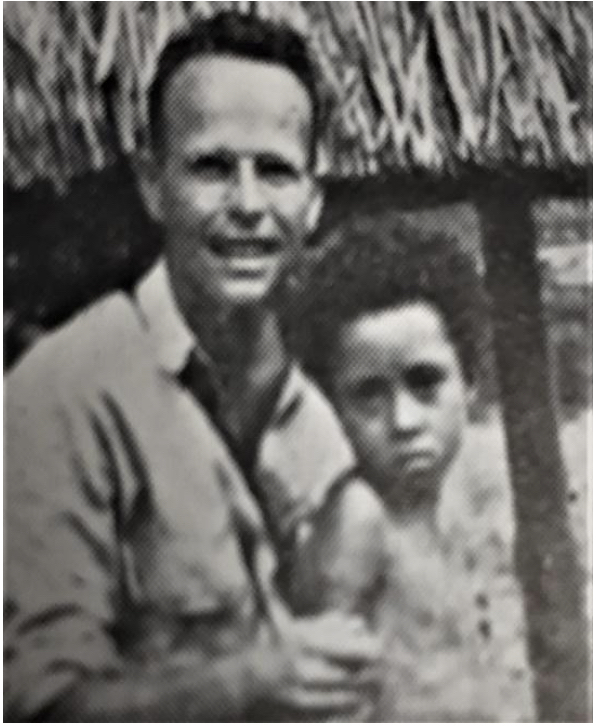Eighty-five families sent more than one son or daughter to war. This week we take a look at the Adamcyk family, John, Ray, and Stanley.
John was the oldest of the three brothers at age 38 years and served the shortest time in the U.S Army. Having been inducted into the U.S. Army on August 29, 1942, he was transferred to the Enlisted Reserve Corps, the same day. He was called to active service on September 12th, 1942. John S. Adamcyk Pvt. Army Air Corps attached to Headquarters Sq. Air Corps.

A letter to the Electric Soldering iron Co. Inc. dated December 28, 1942. The Army is ready to start demobilizing some men over the age of 38 years of age. The Army insists that the man request and be sure of a war industry job before he leaves the army. If you are an employer in an essential industry interested in obtaining discharge of an over-age soldier, the Army advises this procedure.
1. Fill out the affidavit, in duplicate sending one copy to the soldier and one copy to his commanding officer.
2. If you do not know the where ablauts of your soldier communicate with the Adjutant Generals office. Men can be released by their commanding officers in the field. They will be released, if above 38 years, even if overseas. There must be evidence that the man will be employed in an essential industry.
Very Truly Yours Electric Soldering Iron Co. Charles Hoffmen.
John was discharged from the Army of the United States on March 3, 1943, by reason of his own request to accept employment in an essential industry, under provisions of WD Circular No. 39, 1943. Jefferson Barracks, Missouri. He continued to work for Esico-Triton for many years.

Raymond enlisted in the U.S. Army in 1941. By Christmas, he was stationed at Barracks 4, Camp Edwards, Falmouth, Mass. In February 1942 Pvt. Adamcyk crossed the equator en route to Australia. He served in the South Pacific, primarily in New Guinea, and was honorably discharged.
He died in 2000 and is buried at Resurrection Cemetery in Westbrook, CT.

Stanley known as “Shanny” to his friends enlisted in the U.S. Army and was lucky enough to be on the same transport ship as his brother Ray as he crossed the equator on his way to Australia in February of 1942. Prior to entering the service, Stanley worked for Pratt, Read & Co. in the Piano Actions Dept. The Leading Edge (Pratt, Read & Co. newsletter) dated October 1943 states Stanley is “somewhere overseas”.
There is more to see and experience at the Stone House. Come and see what is going on.



